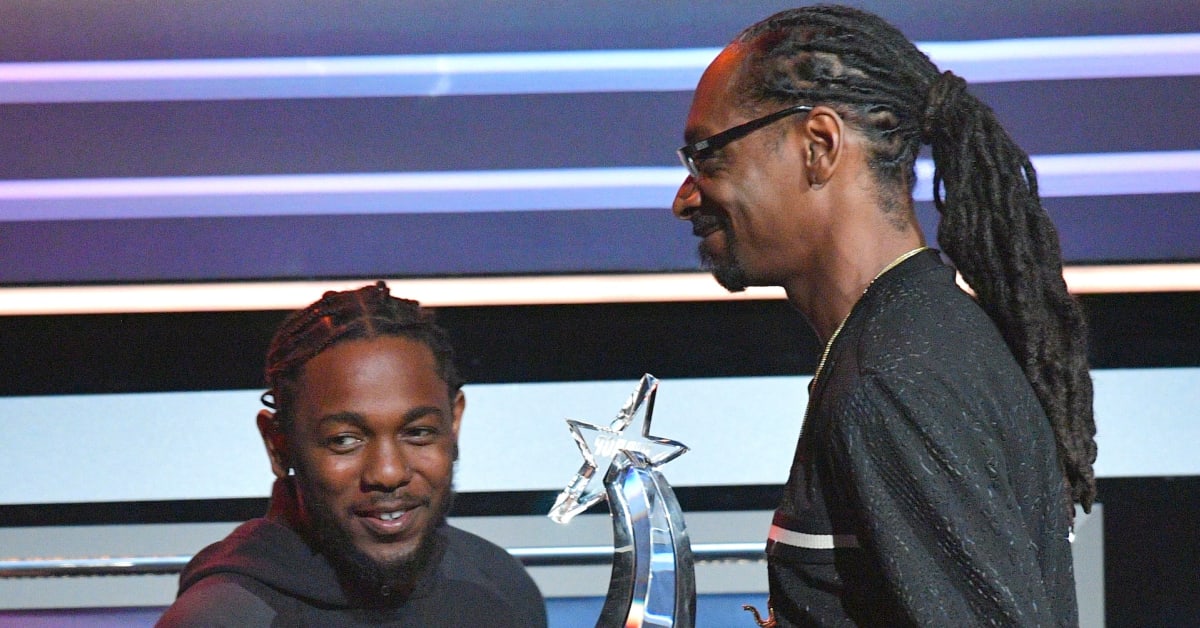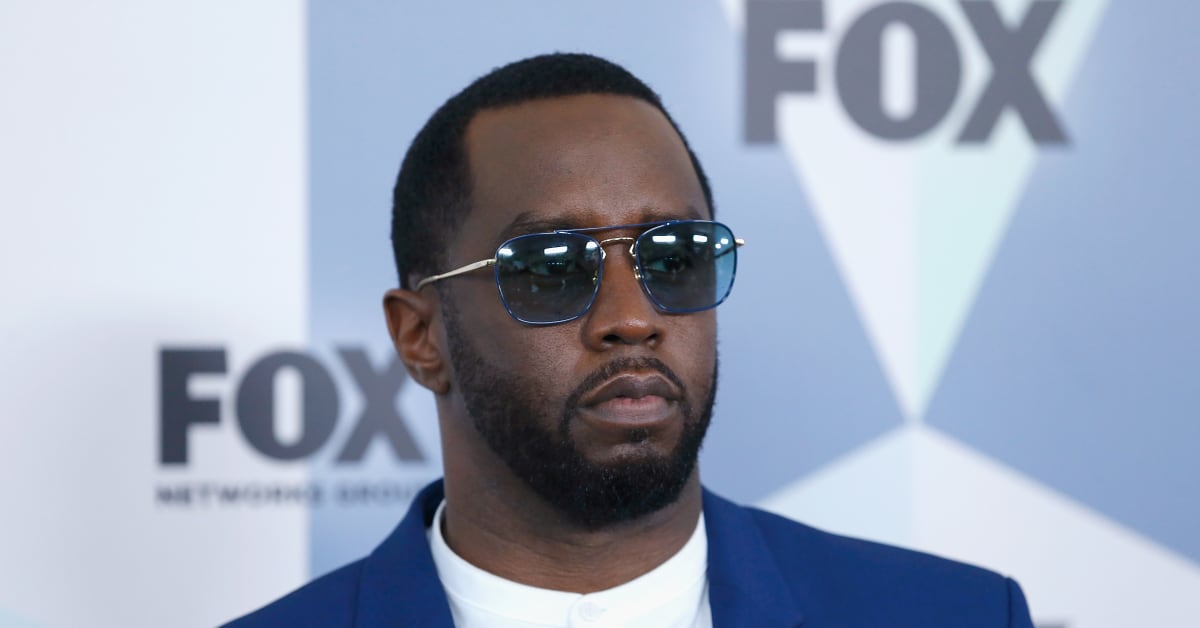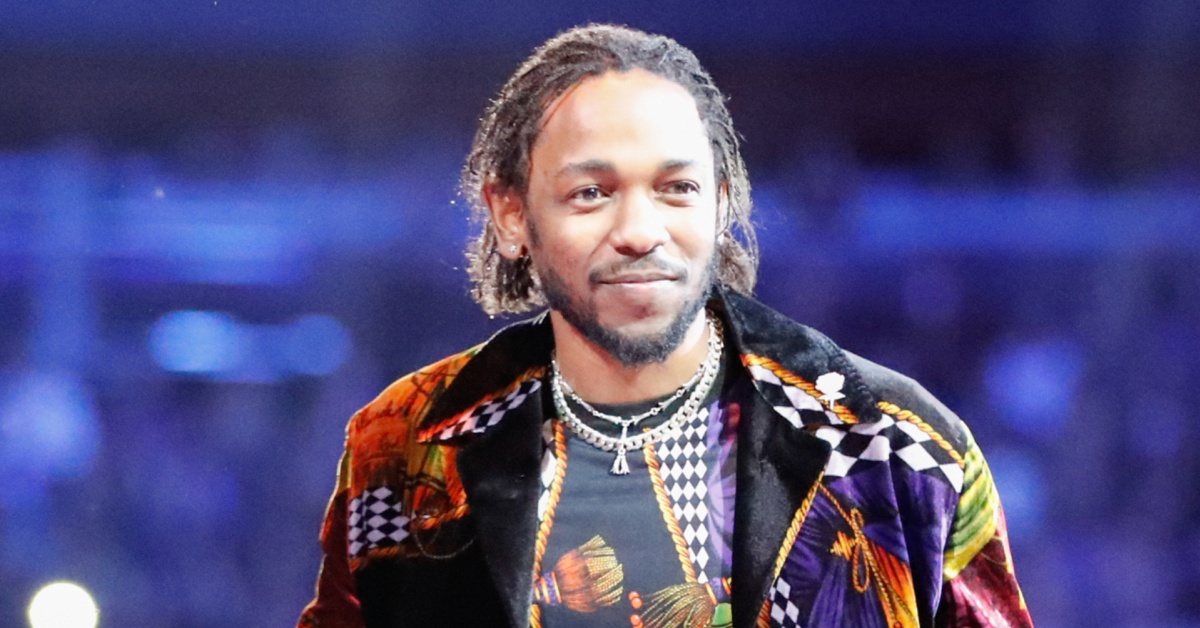With Maria, Chilean director Pablo Larraín closes out his trilogy of iconic 20th century women, following Jackie (about Jacqueline Kennedy) and Spencer (Princess Diana). But the director says that he never planned for these to be a group of films, even though they ended up being connected in more ways than one.
“I never thought that I would do three of them — I never had a master plan of any kind,” Larraín, whose other credits include No, Neruda and El Conde, tells THR. “They all have a number of things in common: All three of them are stories about women who were in the heart of very interesting historical moments. They were women who were related to strong families — or men, if you like — and in those circumstances were about to find their own identity, their own voice and were able to exist as someone who didn’t need anyone else to really say what they wanted to say.”
Larraín says Darren Aronofsky, who produced Jackie (with Natalie Portman portraying the iconic first lady), brought him onto that film, and it quickly reoriented his thinking. “Natalie came in and did something beautiful,” he recalls. “I learned so much, and I understood not only the relevance Jackie had in the U.S. and eventually the world but also how a lead actress can really understand the character, eventually better than I do.”
Portman calls her time with Larraín on the Jackie set “a revelation.”
“He always had the most interesting notes — often going against what I thought my character would feel at the moment — but I always saw that it created incredible dramatic tension in the scenes,” Portman tells THR, reminiscing about one scene where Larraín’s direction stuck with her: “There was a scene with me and the priest in the car. And Pablo told him to be bored and eager to leave — which is the last thing in the world I would’ve imagined the priest for the JFK funeral would be — but it created this underlying tension and edge to a scene that could’ve been too earnest.”
For Spencer (Kristen Stewart played the late princess), Larraín felt like there hadn’t been a movie about Princess Diana that he thought was particularly interesting, although there’s always been a lot of focus on her. “There’s so much about her that represents so many people,” Larraín says. “Even if it’s a story of a princess and the royal family in England, it’s something that oddly touches many, many people, not only women.”
And then came Maria, which chronicles the story of opera singer Maria Callas, who is portrayed in the film by Angelina Jolie. To Larraín, there was a personal connection to the world of opera. “I grew up going to the opera with my mom, and I always admired so much about Maria Callas and her music,” he explains. “It was quite scary in the beginning, to be honest with you, because there are so few movies about opera and opera singers and the opera world. So that was kind of scary. But we took the chance.”

With Maria, there was a unique challenge: For the first time in the trilogy, Larraín was showcasing an artist, and not just any artist — someone who changed the history of opera. That meant that whoever was cast as Callas had to know how to sing opera.
“I met Angelina a couple times before this process, discussing other projects that never came together, and I felt that she was someone that was a worker, someone that could really have the discipline to do something like this,” says Larraín. “When I invited her to do this, I didn’t know that she was entirely sure on how tough this was going to be for her. … She is someone that is very determined, so when the preparation for the role started, I think she realized — and somehow I did, too — the right path to get there and that the mountain was a huge one to climb … and she just went for it.”
“I was terrified,” Jolie tells THR. “Pablo was very clear that if I tried my best, he would support my process and help me. He helped by scheduling the most intimate moments first and high pressure toward the end. … He treated me like a singer, and it meant the world that he believed I could do it.”
They shot the film during the day, and Jolie would rehearse every night until very late. “Pablo had a coach with me the entirety of the film and classes nightly after shooting,” says Jolie. During shooting, the actress would wear an earpiece and sing out loud in front of the entire cast and crew with no background music playing so they could capture her voice. “Opera is a discipline that has breathing, posture … a physical way to stand and face the world,” explains Larraín. What resulted was Jolie mostly singing opera, with a few of the real Callas tracks sprinkled in. Larraín felt that they had to find an actress who could herself sing — just playing Callas’ recordings wouldn’t have benefited the production.
“You can’t cheat,” he says. “It’s not like if I get in a car and play Taylor Swift and sing along, and I could do a pretty decent job if I know the song. But with opera, because of the pitch and the structure of the melody, it’s so specific that you have to be very accurate. We couldn’t have taken another path.” In total, Jolie sings six pieces during the film.

Stemming from his deep respect for Callas, Larraín made a chronological table of her life events in his research for the film. He also spent months reading biographies — around 10 — to really learn about the woman who changed music. (“No one reads more books about their subject than Pablo,” says production designer Guy Hendrix Dyas.)But in his research is where he realized the line between fact and fiction, given that half of the things written in each biography were similar, while the rest of it differed from book to book. And that’s where he knew that he could take a little creative liberty with the story. After all, he wasn’t making a biographical film.
“There’s always a big chunk of it that’s arbitrary interpretation,” he says. “No one knows that happens inside the White House or inside of Sandringham palace or inside Maria Callas’ apartment. We know when she died, we know who her friends were, we know when she performs here and there, we know how long she was with Aristotle Onassis, but there are a lot of things we don’t know, and that is where we could put our hands on our imagination and do something with respect and with love. Some of the press has called me negatively reverential to Maria Callas. And I’m like, ‘Yeah, it’s true.’ It’s something that I care about. I care about caring about the character. I love the character. I protect the character. I protect her legacy.”
Adds Jolie: “Pablo tries to be fair as he studies and shapes moments within their lives. His empathy and interest make him a wonderful director for such material.”

Portman agrees. “I think Pablo has a genuine appreciation for the humanity of these figures who are often seen as something other than human, as icons,” she says. “He has an interest in their complications, their messiness, their mystery.”
Maria‘s cinematography, visually reminiscent of 1970s Paris, has been lauded by critics. Stylistically, Larraín wanted to connect all three films even though they were shot by three different cinematographers — Stéphane Fontaine shot Jackie, Claire Mathon lensed Spencer and Ed Lachman was responsible for Maria. He wanted to make each film feel like it was shot in the time it takes place, which in Maria‘s (and Spencer‘s) case was achieved by shooting on 16 mm film and combining it with 35 mm.
“The most important thing is to have the camera very close to the actresses,” says Larraín about a common approach in his trilogy of films. Portman notes that “the fact that he often operates the camera really makes you feel like you’re communicating with him in a scene.”

Adds Larraín: “Proximity is very relevant. You want to be suffocating in terms of the tight, close-up shots, and then eventually, they breathe, going very wide and showing where she is, and understanding that the White House, Sandringham palace and then Maria’s apartment become an elegant form of jail where they survive and can eventually really become who they are — until they free themselves in different ways depending on the story.”
Larraín’s approach to telling female stories from a male lens is exactly why Stewart still thinks fondly of Spencer‘s production days.
“The respect and reverence Pablo has for the female form and experience is both aesthetic and spiritual,” says Stewart. “I sometimes felt like his avatar. Like he could have ‘played’ Diana. That is how close we felt on the film. The time he has to attempt to understand and the healthy amount of awareness that he never will be able to fully understand from a first-person perspective the innately female experience is why he is so adept at creating paths toward depicting the truth. His gaze feels kind and curious. And his storytelling holds you. And it [big-ups] our diminished feelings. His movies feel like tender acts. To work for him feels the same.”

This story first appeared in a November stand-alone issue of The Hollywood Reporter magazine. To receive the magazine, click here to subscribe.




















 English (US) ·
English (US) ·